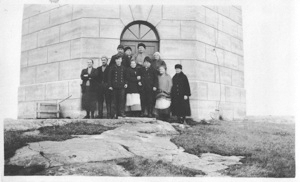History
The first buildings onSöderskär were fishing cabins that were used by many of the local fishermen well into the 1900s. In the mid-1800s a pilot station was founded on the adjacent Kokkomaa skerry. A small pilot cabin was built for the pilots to stay in during their work shifts. The lighthouse was built under the Russian Empire, when Eastern trade and increasingly lively sea traffic required a new lighthouse for the outer archipelago. Söderskär’s lighthouse was built on the Mattlandet island, near the open sea, where the visibility range was 15 nautical miles (about 27 km). Albert Edelfelt (Sr.) made the preliminary drawings for the lighthouse and Ernst Lohrmann was responsible for the final plans.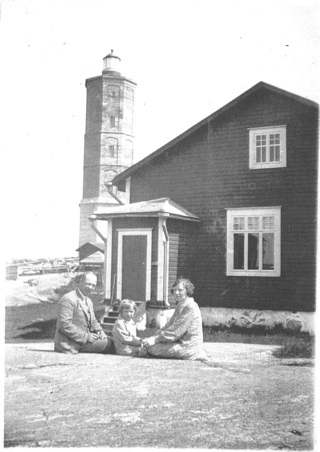
The lighthouse was completed in 1862. At first it was thought that the lighthouse should have been made of granite, but there was not enough of it. The stone available was enough to up to eight meters, and the rest had to be built of brick. While the lighthouse was built, the workers needed a place to stay, and therefore also the red lighthouse keepers’ cottage and cellar were finished at the same time. The lighthouse keepers and lighthouse masters lived with their families on the island year-round. The masters made sure the work was done, and also taught the keepers’ children. The sauna was completed in 1876 and the lighthouse master’s cottage in 1920.
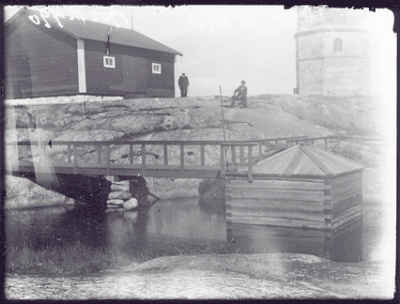
Shortly after the lighthouse was completed some serious flaws were discovered in it: it swayed a few inches in strong winds, tilted and sagged in the middle. During 1914-1917 it was reinforced with an “iron corset”, consisting of iron bars, iron bands and concrete. The strengthening of the lighthouse took place during the period 1912-1917, when Finnish piloting “became Russian” and Söderskär’s lighthouse received Russian personnel. During these five years, major changes were made. Pilot cabins moved from Kokkomaa skerry to the adjacent Bastulandet, which was more sheltered. Next to the lighthouse a new dwelling, Ryssvillan, was built, and it was demolished in the 1960s. There was also a direct telephone connection from the island that ran under Suomenlinna, which was used to steer the piloting operations.
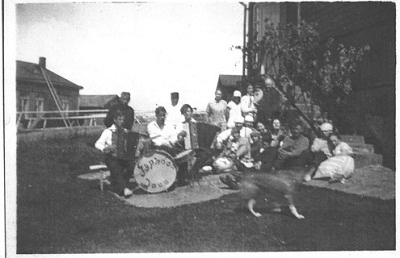
Later, during the Continuation War, the telephone connection was of crucial importance, for there was a small anti-aircraft unit and telegraph and telephone centre on the lighthouse island. It was possible to monitor the airspace from the tall lighthouse, and when the enemy planes approached, an emergency alarm could be quickly issued to the mainland by using the phone system. Two Lottas worked in the telephone centre, which was on the second floor of the lighthouse. During the Continuation War, there were a few Lottas and dozens of soldiers living on the island. When the air alarm went off, the soldiers were prepared to defend the island with cannons and machine guns. However, the island was not attacked even once during the war. The lighthouse was extinguished during the war, but the lighthouse keeper and some pilots were still in place.
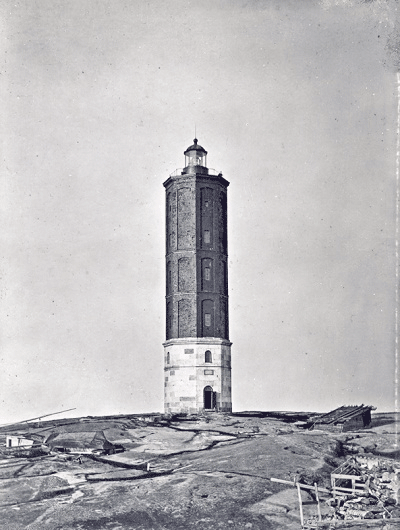
After the war, the employees continued their work in the same way until 1957, when the lighthouse operations became automated and the lighthouse personnel services were discontinued. Four years later, also the piloting station operations were terminated. Afterwards, a Wildlife Research Station under the Ministry of the Environment was established in the uninhabited buildings. This activity ended in 2007. The lighthouse served as a refuge for mariners until 1989, when the lighthouse was finally extinguished. The shipping routes on the Gulf of Finland had developed and changed, and Söderskär’s lighthouse was no longer considered to have nautical significance. The lighthouse has been in private ownership since in 2003.
